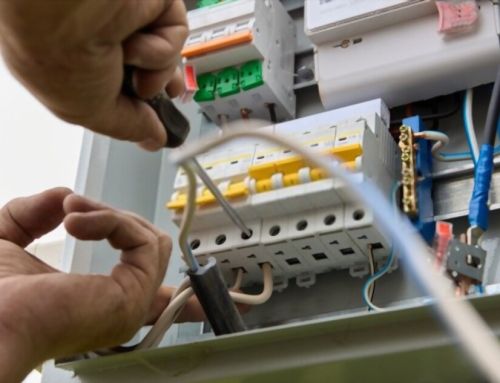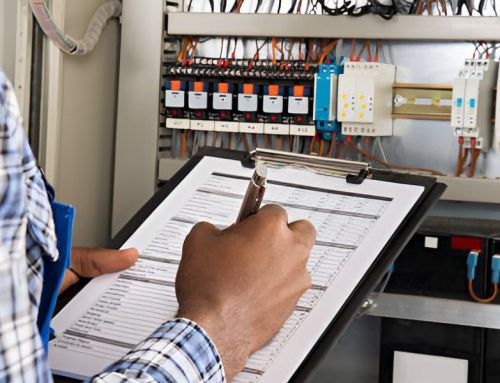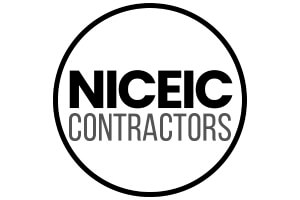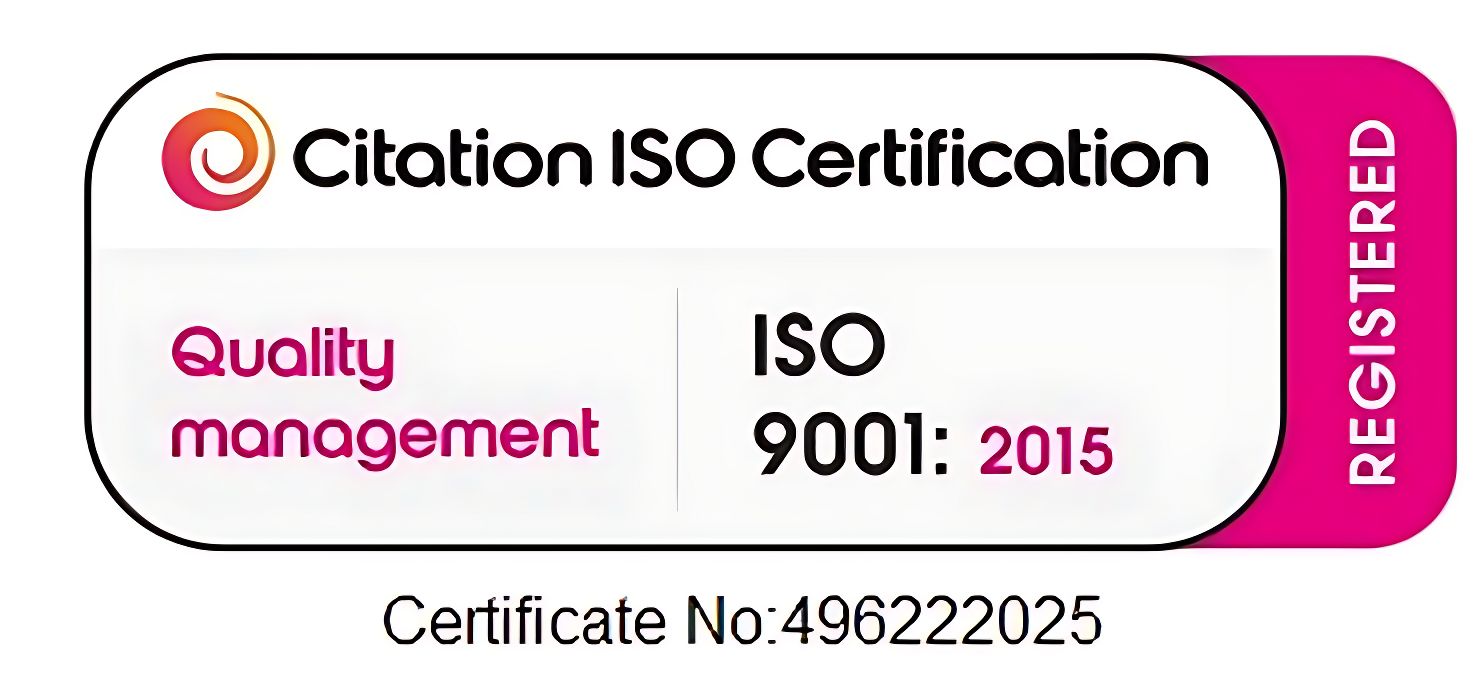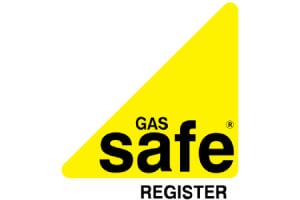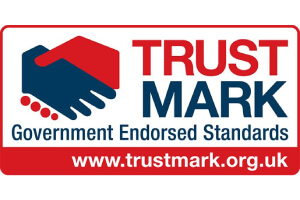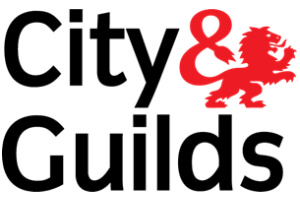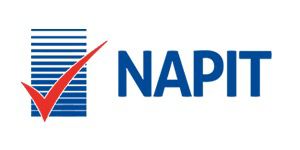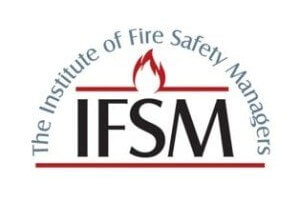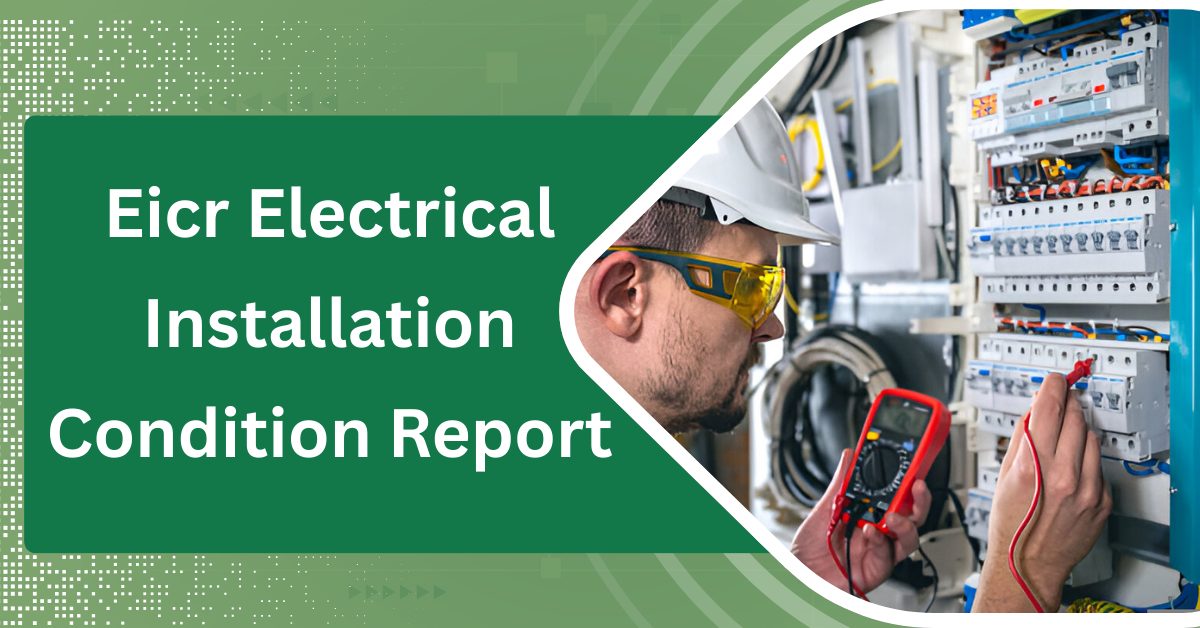
An Eicr Electrical Installation Condition Report thoroughly evaluates a property’s electrical systems, assessing safety and condition. An Electrical Installation Condition Report (EICR) identifies potential hazards and categorizes findings into satisfactory, unsatisfactory, or requiring further investigation. Homeowners benefit from EICR compliance, as it mitigates risks and enhances property value. Inspections occur every five to ten years, with structured reporting detailing deficiencies and recommended remedial actions. Further knowledge regarding an Electrical Installation Condition Report (EICR), its implications, and processes awaits those who seek it.
Key Takeaways
- An EICR assesses the safety and condition of electrical installations in a property, identifying potential hazards and recommending remedial actions.
- EICR inspections are legally required for homeowners and rental properties, ensuring compliance with safety standards and reducing risks.
- The report categorizes findings into codes indicating urgency, from immediate danger to non-urgent recommendations for improvements.
- Inspections should occur every ten years for residential properties and every five years for rentals, with different frequencies for commercial sites.
- Selecting a qualified EICR professional involves checking certifications, experience, and insurance coverage to ensure reliable assessments.
What Is an EICR?
An Electrical Installation Condition Report (EICR) is a formal document that assesses the safety and condition of electrical installations within a property.
The EICR process involves detailed inspections, testing circuits, and evaluating compliance with relevant regulations, primarily the IET Wiring Regulations.
The EICR process includes thorough inspections, circuit testing, and compliance evaluation with key regulations like the IET Wiring Regulations.
Understanding EICR terminology is essential for professionals, as it encompasses classifications such as ‘satisfactory,’ ‘unsatisfactory,’ and ‘further investigation required.
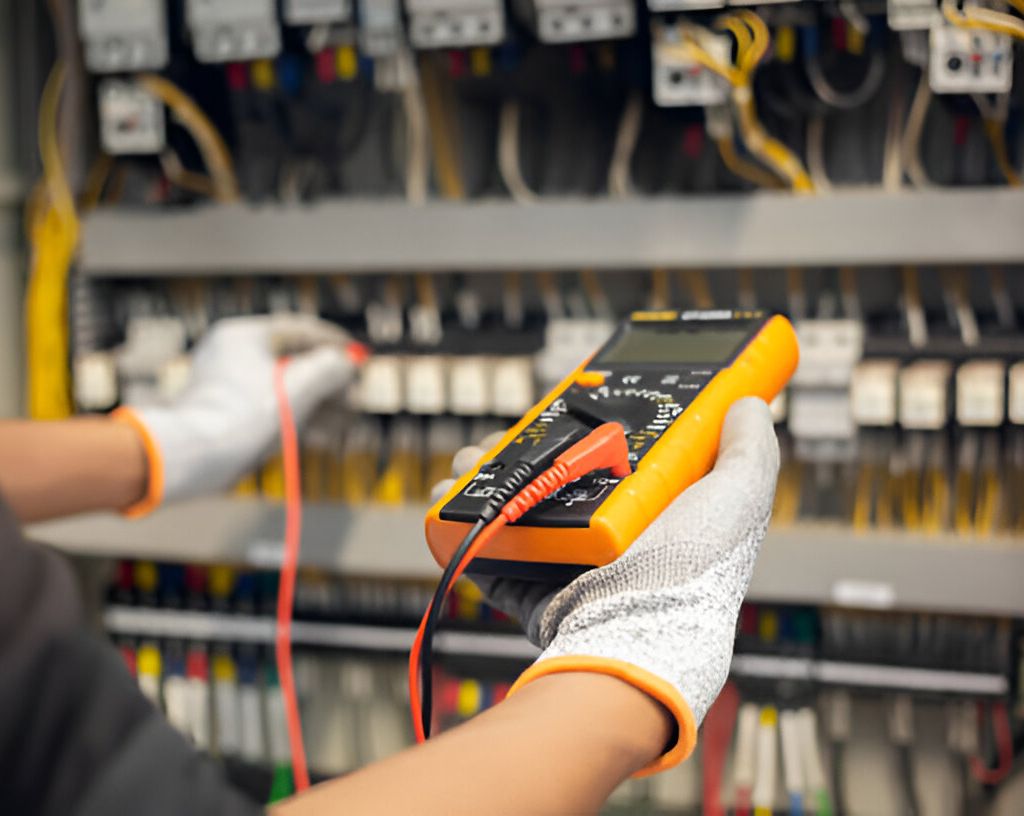
The report outlines the findings, identifies potential hazards, and recommends necessary remedial actions.
Such documentation serves as a vital reference for maintenance and compliance, ensuring that electrical systems operate safely and efficiently within established safety standards.
Importance of EICR for Homeowners
The Electrical Installation Condition Report (EICR) is essential for homeowners as it provides a systematic assessment of electrical safety, ensuring family protection against potential hazards.
Additionally, compliance with regulatory standards is a critical aspect of maintaining residential safety and preventing legal repercussions.
Safety Assurance for Families
A detailed Electrical Installation Condition Report (EICR) serves as an essential safeguard for families, ensuring that electrical installations within a home are safe and compliant with current regulations. By identifying potential electrical risks, the EICR protects family safety and mitigates hazards that could lead to severe accidents or fires.
| Electrical Risk | Impact on Family Safety |
|————————|————————–|
| Overloaded circuits | Fire hazards |
| Faulty wiring | Electric shocks |
| Inadequate earthing | Increased fire risk |
| Outdated installations | Non-compliance issues |
| Damaged appliances | Electrocution potential |
Compliance With Regulations
Compliance with electrical safety regulations is paramount for homeowners seeking to maintain a secure living environment. Adhering to established regulatory standards guarantees that electrical installations remain safe and efficient.
Regular EICR assessments serve as a critical tool in verifying compliance, thereby providing homeowners with essential documentation of electrical safety. The compliance benefits extend beyond mere legal obligations; they also encompass risk mitigation, reduction of insurance premiums, and enhancement of property value.
Identifying Potential Hazards
Regular EICR assessments play an essential role in identifying potential hazards within residential electrical systems.
Through systematic hazard detection, EICRs facilitate thorough risk assessments that pinpoint deficiencies, such as outdated wiring, inadequate earthing, and faulty appliances.
These evaluations not only comply with safety standards but also provide homeowners with crucial insights into their electrical infrastructure.
By addressing identified risks proactively, homeowners can mitigate fire hazards, electrical shocks, and other dangerous incidents.
As a result, the EICR serves as an important tool for maintaining electrical safety, ensuring both the integrity of the installation and the well-being of its occupants.
Legal Requirements for EICR
The legal requirements surrounding Electrical Installation Condition Reports (EICR) are critical for ensuring electrical safety and compliance.
Regulations dictate the frequency of inspections based on property type and usage, as well as outline penalties for non-compliance that can impact both property owners and tenants.
Understanding these stipulations is essential for adherence to safety standards and maintaining legal obligations.
EICR Regulations Overview
EICR regulations establish an essential framework for guaranteeing electrical safety within residential and commercial properties. Compliance with these regulations necessitates a thorough EICR documentation process, which serves as a crucial record of electrical system condition. The significance of EICR certification cannot be overstated, as it validates adherence to safety standards, mitigating risks associated with electrical faults.
| Requirement | Description | Importance |
|———————|———————————-|——————————|
| EICR Report | Detailed assessment of wiring | Guarantees compliance |
| Certification | Official validation of safety | Protects property and lives |
| Frequency | Recommended inspection intervals | Maintains ongoing safety |
| Documentation | Record of findings and actions | Crucial for legal compliance|
Frequency of Inspections
Compliance with EICR regulations necessitates adherence to specific inspection frequencies to guarantee ongoing electrical safety.
The EICR frequency is dictated by various factors, including the type of property, its usage, and the age of the electrical installations. Residential properties typically require inspections every ten years, while rental properties necessitate inspection intervals of at least every five years or upon change of tenancy.
Commercial establishments may have different requirements based on their operational risks. Consistent adherence to these prescribed intervals is critical for identifying potential hazards, thereby ensuring compliance with safety standards and mitigating risks associated with electrical systems.
Penalties for Non-Compliance
Failure to adhere to EICR regulations can result in significant legal repercussions for property owners and landlords.
EICR consequences include not only potential safety hazards but also substantial non-compliance fines imposed by regulatory authorities. These penalties may vary based on jurisdiction, with fines reflecting the severity of the violation.
Additionally, non-compliance can lead to increased insurance premiums or denial of coverage altogether. In extreme cases, landlords risk criminal charges for neglecting electrical safety standards, which can culminate in imprisonment.
As a result, rigorous adherence to EICR protocols is vital to mitigate legal exposure and guarantee the safety of occupants.
How EICR Inspections Are Conducted
Conducting an EICR inspection involves a systematic evaluation of electrical installations to confirm safety and compliance with current standards.

The EICR process overview encompasses several stages, beginning with a thorough examination of the installation’s condition. Inspectors utilize an inspection checklist, which includes assessments of wiring integrity, protective devices, and earthing arrangements.
Each component is analyzed for adherence to regulatory requirements and potential hazards. Any deficiencies identified during the inspection are documented, leading to recommendations or necessary remedial actions.
Components are evaluated for compliance and safety, with any deficiencies noted for appropriate recommendations or corrective measures.
This structured approach confirms that electrical systems are safe for continued use and meet the legal obligations imposed on property owners.
Frequency of EICR Inspections
The frequency of EICR inspections is determined by various factors, including the type of property, its usage, and the condition of the electrical installations.
Typically, residential properties require inspections every five years, while rental properties necessitate more frequent EICR scheduling, often every three years.
Commercial establishments may require annual assessments depending on their operational demands.
Regular inspections help mitigate potential hazards, influencing EICR costs, as timely identification of issues can prevent more extensive repairs.
Ultimately, adherence to these guidelines guarantees compliance with regulations and enhances electrical safety across various environments, promoting informed decision-making regarding maintenance and upgrades.
Understanding EICR Ratings and Findings
While understanding EICR ratings and findings is crucial for ensuring electrical safety, it is essential to recognize how these ratings reflect the condition of electrical installations.
An effective EICR report interpretation relies on a clear EICR terminology breakdown. Key components include:
- Code 1: Immediate danger; requires urgent action.
- Code 2: Potentially dangerous; needs addressing, but not immediately.
- Code 3: Improvement recommended; not urgent but advisable.
- N/A: Non-applicable; no issues identified.
These ratings provide a structured assessment, facilitating informed decision-making regarding maintenance, upgrades, or repairs within electrical systems.
What to Expect After an EICR Inspection
After an EICR inspection is completed, stakeholders can expect a thorough report detailing the condition of the electrical installations.

The report will categorize inspection outcomes, highlighting any deficiencies, hazards, or compliance issues. Recommendations for rectifications will be provided, necessitating an EICR follow-up to guarantee that corrective actions are implemented effectively.
Stakeholders should prioritize addressing any urgent safety concerns identified in the report to mitigate risks.
Additionally, an EICR serves as a valuable record for insurance and legal purposes, reinforcing the importance of maintaining electrical safety standards and guaranteeing ongoing compliance with regulatory requirements.
Choosing the Right Professional for EICR
How can one guarantee that the selected professional for an Electrical Installation Condition Report (EICR) is both qualified and reliable?
The following criteria are essential for effective qualifications verification and experience assessment:
Essential criteria for verifying qualifications and assessing experience include certification, track record, client references, and insurance coverage.
- Certification: Confirm the professional holds relevant certifications, such as City & Guilds or NICEIC.
- Experience: Evaluate their track record, ideally with a minimum of five years in EICR assessments.
- References: Request testimonials or references from previous clients to gauge reliability.
- Insurance: Ascertain that they possess adequate professional indemnity insurance to mitigate potential liabilities.
Adhering to these guidelines enhances the likelihood of selecting an exemplary EICR professional.
About the Author: LandlordCertificate
Related Posts
Get Social
Recent Posts
- Fire Risk Assessment Review as a Driver of Stronger Safety Control
- Comprehensive EICR London Services for Every Property
- System Planning for Large Buildings with Fire Alarm Installation
- Fire Service Fire Risk Assessment for Stronger Safety Management
- Electrical Risk Clarity Improved Through an EICR Report


